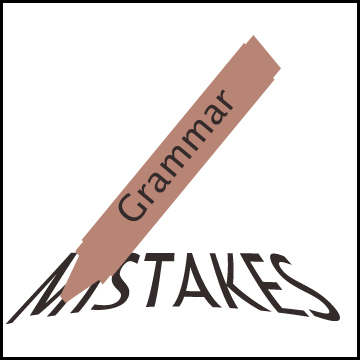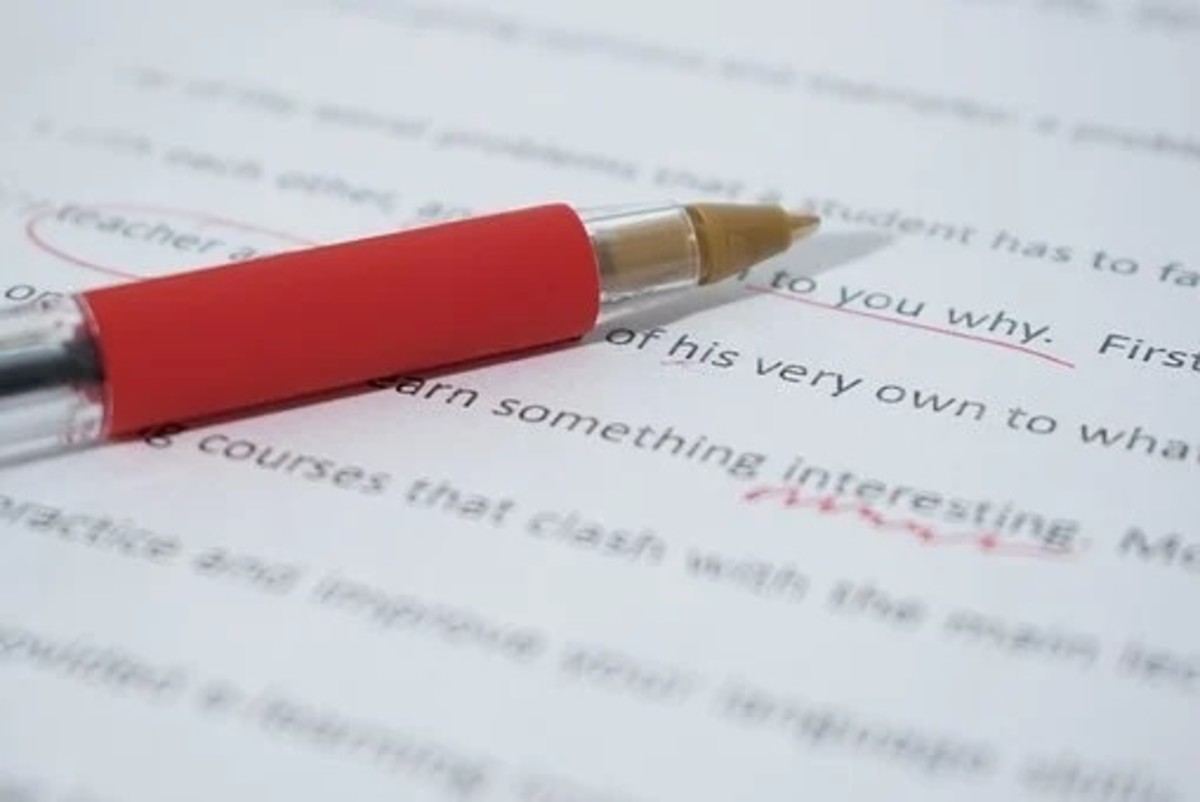- HubPages»
- Books, Literature, and Writing»
- Commercial & Creative Writing»
- Word Usage & Grammar
Common Grammar Mistakes: What to Avoid

Let's face it, even though we know how to speak in English, it doesn't mean that we're super good with it. It's not like we need to analyze if we used correct words or construct our phrases and sentences every time we use the language. Whether we speak or write in English, we are bound to commit mistakes. Anyway, nobody's perfect. However, it's still good to know some common grammar mistakes that almost everyone commit.
Let me inform you, that I am not good with grammar. All of the information that I'm sharing here are information that I've researched through the internet. I'm currently having a self-refresher course with grammar and so I thought of why not share it to some readers out there too.
Lay vs. Lie
Lay is a verb (transitive) which means to gently put or set down. It is used with a subject or object/s. Lie is also a verb (intransitive) and it means to remain at rest or flat in a specific position. It doesn't need to be used with object.
Examples:
Lay: I lay the papers on the desk.
Lie: The Eiffel Tower lies in Paris.
It's vs. Its
It's is the shortened word for "It is" and "it has." Its on the other hand is a possessive pronoun which means of it or belonging to it.
Examples:
It's: It's a beautiful day.
Its: The mother is protective of its children.
Brought vs. Bought
Brought is the past tense of the verb bring, while bought is the past tense of the verb buy. My own technique to remember this is the letters itself. Bring and brought are partners because of the first two key letters: b and r (br).
Examples:
Brought: I brought my phone with me so I can call you later. (bring)
Bought: I bought myself a new set of colored pencils at the art supplies shop earlier. (buy)
On vs. In
In and on are both prepositions that are quite confusing to use. On is used for position for surfaces or above, and outside. In is used to indicate a position with limited space. It denotes something inside or contained in a small space.
Examples:
On: The cat is sitting on top of the television.
In: I placed the leftover food in the refrigerator.
Who vs. Whom
When using these words, you should consider what you wanted your sentence to mean. Who is a pronoun. This pronoun (subjective or nominative like he, she, it) is used when it acts as a subject. Whom is also an objective pronoun like his, him, her, and is used when it serves as an object.
Examples:
Who: Who will be the next person to run for president?
Whom: Johnny paid his debt to whom?
Nor vs. Or
Nor is always used following the word "neither" which means that both are not true or doesn't happen. Or is used following the word "either" which means anyone of the choices.
Examples:
Nor: I am neither a student nor a teacher.
Or: Either you or I can do the congratulatory speech later.
Farther vs. Further
Farther is used to describe a measurable physical distance while further is used for figurative distance that cannot be measured.
Examples:
Farther: My house is five blocks farther to yours.
Further: This case needs further investigation.
Affect vs. Effect
I guess one of the reasons why there'a a mistake in using these words is because of the spelling and the sound of it. Sounds pretty much the same but it definitely have different meanings. Affect is a verb which means to influence, attack or infect. It is to cause an effect. Effect is the result of getting affected by something. It is the outcome or result of a phenomenon or incident.
Examples:
Affect: Lots of people have been affected by the calamity yesterday.
Effect: The effect of this calamity, left people traumatized and scared for the rest of their lives.
Your and You're
Your is possessive pronoun for you which refers to someone's ownership of something or something that belongs to the person you are talking to. You're is a contraction of words you are.
Examples:
Your: Your sketch looks amazing.
You're: You're such a wonderful person to work with.
Avoid mistakes slowly but surely
As much as possible, before writing something, do some research first on the proper usage of words if you are not sure about it. Always check for the usages of words as to avoid saying something that is contrary to what you are really trying to tell. We're not all good in grammar and mistakes does happen however we should still try to avoid errors to improve our knowledge with grammar.
I hope these common grammar mistakes I shared can help you even for just a little bit with your grammar.







